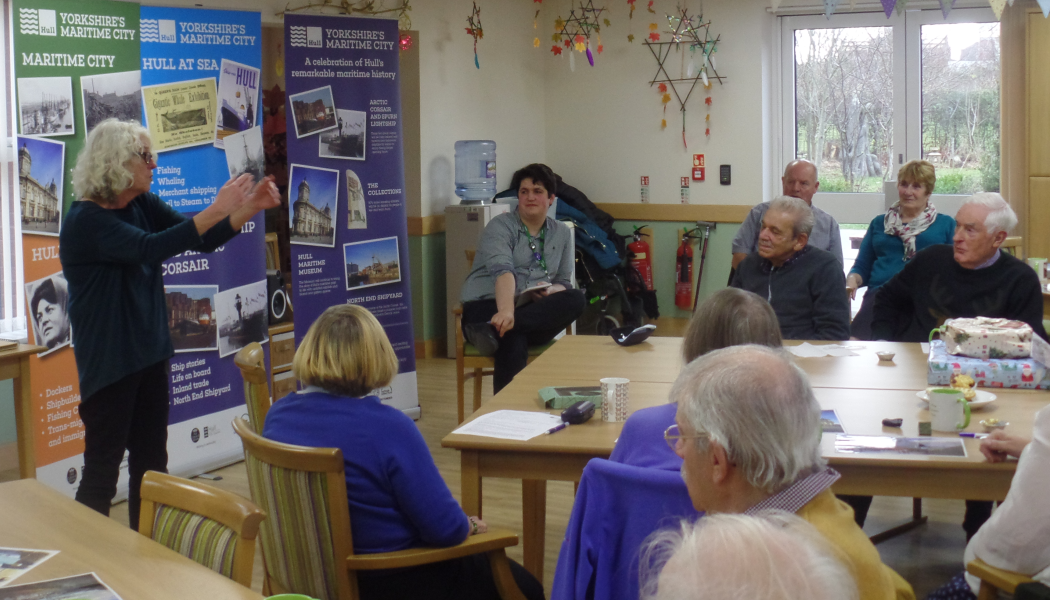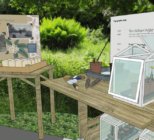As Interpretation Specialists, the protection and promotion of heritage is of course uppermost in our minds at Tricolor but we also know that through innovative engagement approaches, we can attract and involve more people with heritage and have their understanding and appreciation of it increased and improved.
This guide sets out a useful framework for planning your interpretation project, whether the outcome is a written Interpretation Plan as part of a National Lottery Heritage Fund bid, or a set of values to keep as your own personal toolkit.
Data gathering
First and foremost, it’s essential to take the time to understand the background of your organisation. It’s useful to think of this in terms of the following:
Audiences: Who are our core audiences, and who are the non-visitors that we want to attract?
Outcomes: What do we want to leave our audiences knowing or feeling?
Material culture: What are our USPs? Are these our building/s, our objects, our site or our stories?
Values: What intentions are at the core of our organisation? What is at the heart of what we want to convey?
Stories: What are the important milestones in the history of the organisation? What elements of history have been deemed as being worth telling in the past, and which stories are essential to convey going forward?
It’s also important to think about spaces, so we’d suggest undertaking some visual mapping of the site to investigate what the potential areas for interpretation might be. If appropriate, conduct an audit of existing interpretation across the site, including wayfaring and orientation. What interpretation methods already exist, and what are the strengths and challenges?
Consultation
After the fact-finding phase, audience consultation should form the foundation of any interpretation planning. It’s time to see the organisation from the visitor point of view. At Tricolor we use a wide range of targeted consultation methods, ranging from online surveys to interactive workshops with stakeholders, and 1:1 conversations. It’s important to consider the best means of reaching the audience you want to consult with – what are their needs? Where are they likely to be spending time?
Use this consultation to find out what the organisation does well already, what people already know about it, what stories would appeal to them. We also ask if they know of any hidden histories that need to be investigated, and what are the ‘must tell’ stories. We don’t make assumptions about the content people are interested in, or how they would like to access it, but we ask them their preferences.
Alongside this build a picture of the different journeys your visitors take around your site. Track the visitor experience from beginning to end. Where are the visit touchpoints? How do visitors behave at key locations? Use Generic Learning Outcomes and Social Outcomes to decide what you ideally want the visitor to think and feel, and what you’d like them to leave knowing.
Analysis
By now you will have gathered lots of stories – and need to begin to order these in such a way that their meaning is most relevant to your audience. Consider ways of grouping your messages into the key narrative themes which will be the most effective.
Themes
Themes are touchstones for the interpretation hierarchy and design development. They are not the same as exhibition headings (they are not even necessarily ‘public-facing’), but instead provide a framework for all stories to link back to. Themes provide an editorial voice, implicit throughout all interpretation. You only need three or four of these over-arching themes – but sometimes just 2 will do!
Stories
These are the narrative strands which sit beneath the umbrella theme. Stories aren’t the same as a list of facts – always relate them back to the theme, explaining their relevance.

Think about what might be the best interpretive methods to tell these stories. Are there particular objects or areas which best link to these stories? Where are the gaps in terms of material and how could these be filled?
Testing & sense-checking
You’re not there quite yet! Test out these ideas for themes and stories on the broadest spectrum of people to ensure that everyone has a voice in shaping projects for which they will be the audiences. Are the stories appealing to your audience? Do you need to prioritise some stories over others? Do they fulfil the brief of the organisation?
At Tricolor we build evaluation into our interpretation planning from the outset, so that its effectiveness can be measured. Planning is a journey – keep reflecting, tweaking, testing and sense-checking, and be prepared for things to change even into the design phase.
Next steps
Your planning work will have provided you with everything you need in order to develop a set of design principles to be guided by. Look out for our next article in which we explore the second stage in shaping your interpretation: ‘Design’.
If you would like more information about Tricolor and how they can help you in your interpretation projects visit tricolorassociates.co.uk or email [email protected]










